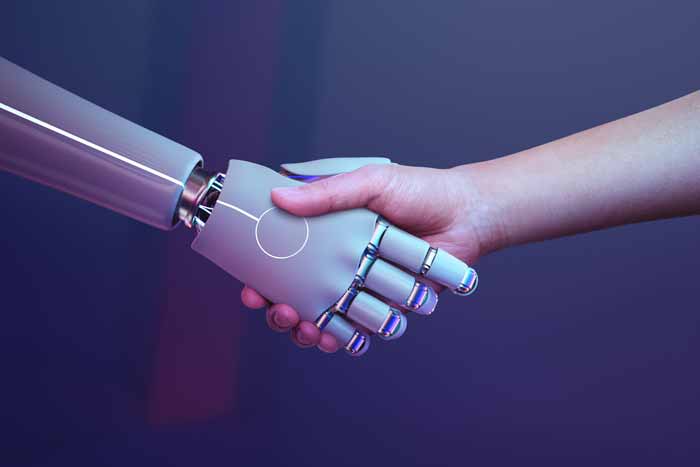Canada’s Immigration Minister, Sean Fraser, recently clarified how Immigration Refugees and Citizenship Canada (IRCC) uses artificial intelligence (AI) in application processing.
Speaking at a press conference in Vancouver, Fraser highlighted the significant strides made in recent months through the increased use of technology, advanced analytics, and streamlined processing.
Impact of Technology and Analytics
Fraser’s comments were primarily focused on temporary residency (TRV) applications for those awaiting permanent residency under family class sponsorship programs.
However, the increased use of technology and advanced analytics has impacted all lines of business in application processing by IRCC. In 2022, IRCC made over five million final decisions on applications across all lines of business, doubling the number of decisions in 2021.
Digitization and Modernization of Canada’s Immigration System
IRCC has rapidly shifted towards the digitization and “modernization” of Canada’s immigration system. This includes increased use of AI and advanced data analytics to expedite application processing time.
For instance, Fraser noted that this streamlining has contributed to processing 98% of spousal TRV applications, and new applicants can now expect a processing time of just 30 days.
How IRCC Uses AI?
IRCC uses AI in several aspects of processing, including automating positive eligibility determinations, distributing applications between officers based on the characteristics of the application, identifying applications that may require additional verification, workload distribution, creating “annotations” that summarize basic information on each client to reduce officer searches in the Global Case Management System, triaging client emails to enable faster replies, and assessing biometrics.
However, it’s important to note that no algorithms in any tools IRCC uses will accept or reject an applicant. Candidates are not approved or denied a visa or permit based solely on a computer-generated decision.
Concerns and Safeguards
Despite the benefits, the use of AI by IRCC has raised concerns about potential bias and a lack of transparency in decision-making. To address these concerns, IRCC follows a Directive in the Canadian Charter of Human Rights and Freedoms to ensure equality rights and prevent discrimination.
It also adheres to principles of transparency, accountability, legality, and procedural fairness. New algorithms must pass the Algorithmic Impact Assessment (AIA), a mandatory risk assessment tool that measures risk areas, mitigation, and the impact of the proposed algorithms.
Minister Fraser remains optimistic about the use of technology and advanced analytics by IRCC. He emphasized that while AI helps determine the likelihood of an applicant’s eligibility for permanent residence, final decisions are still made by IRCC officers.
He concluded by saying, “At the end of the day our officers still make every determination for eligibility. It is not possible for anyone to be denied through this technological solution.”
Image Credits: Image by rawpixel.com on Freepik






